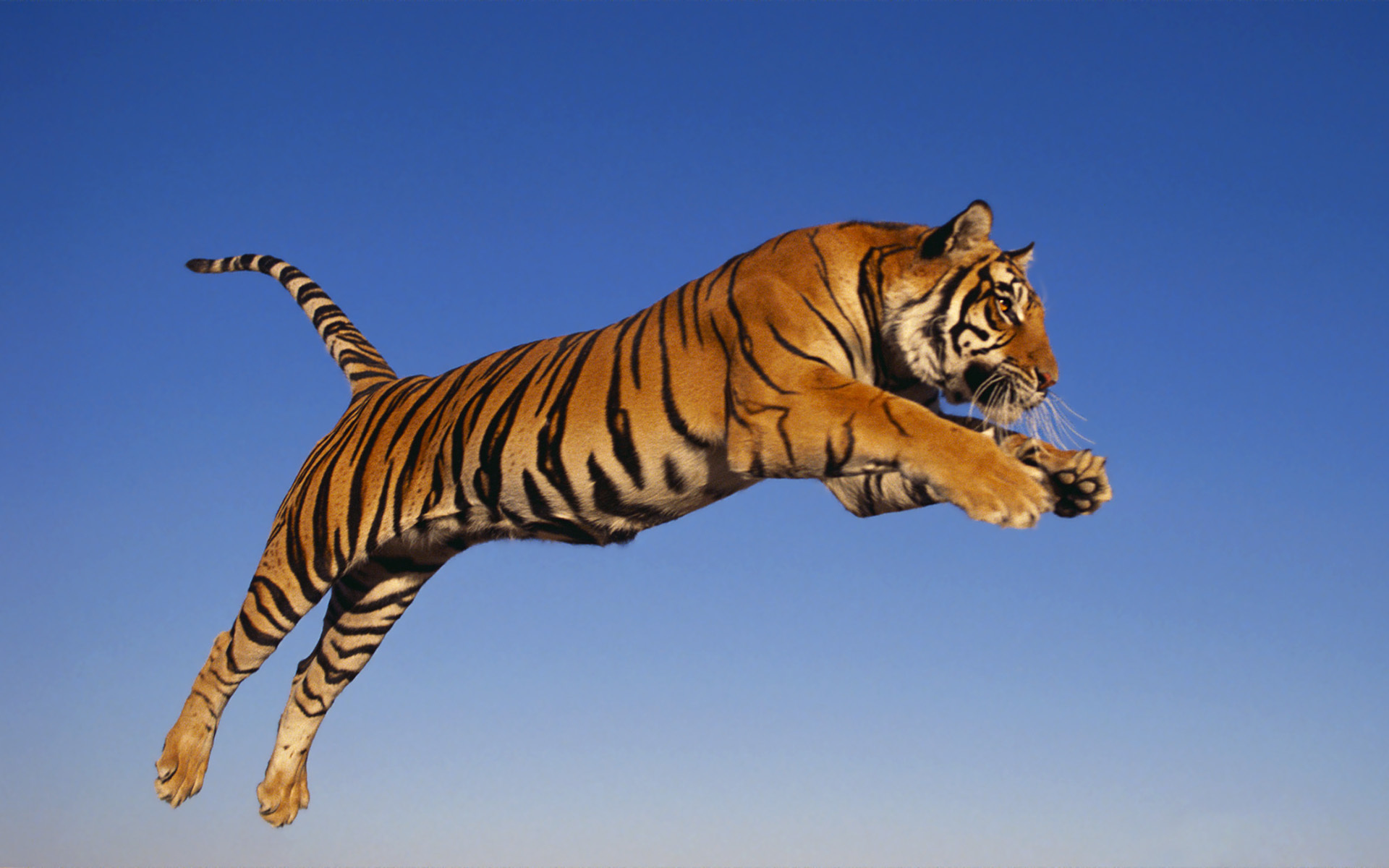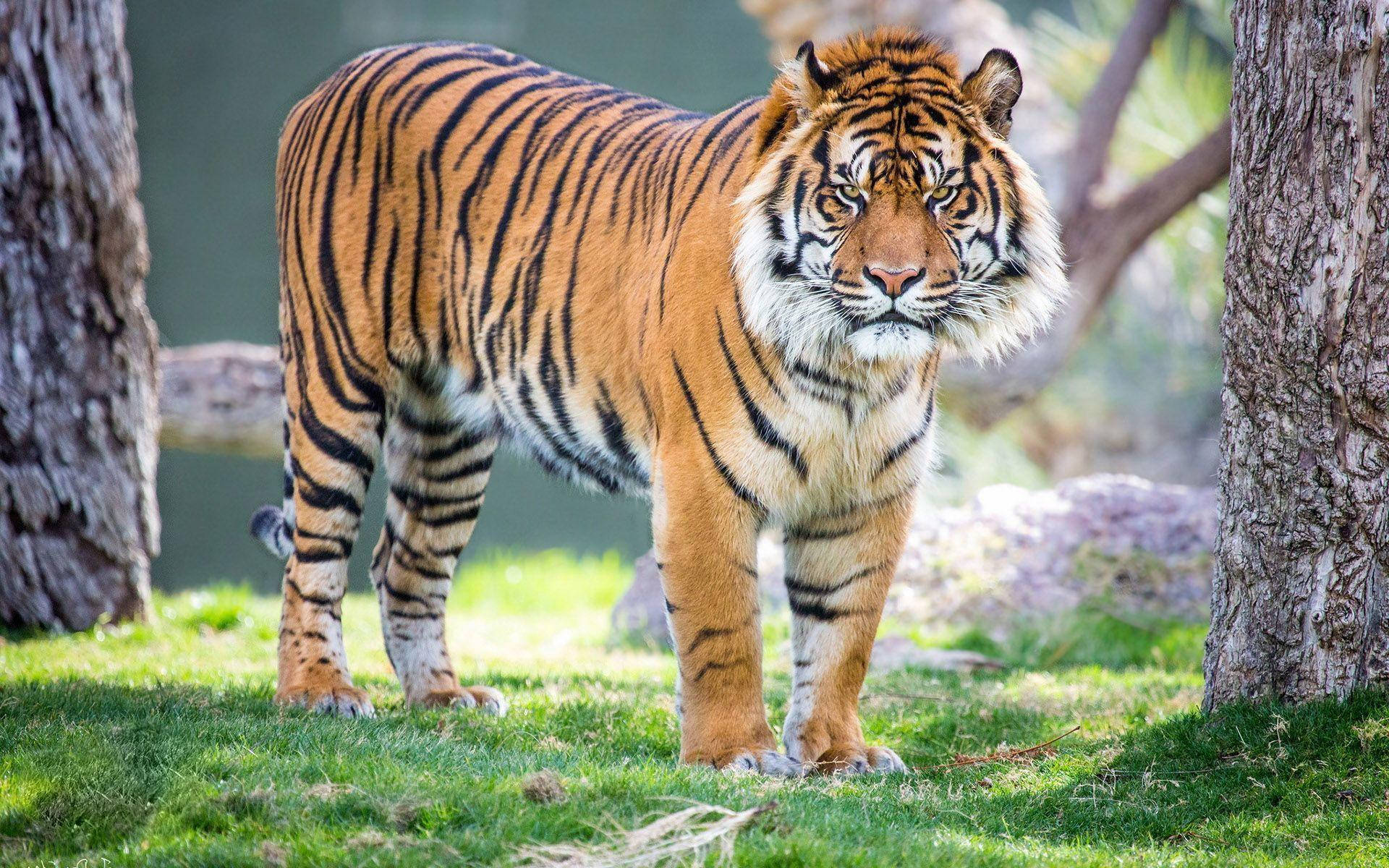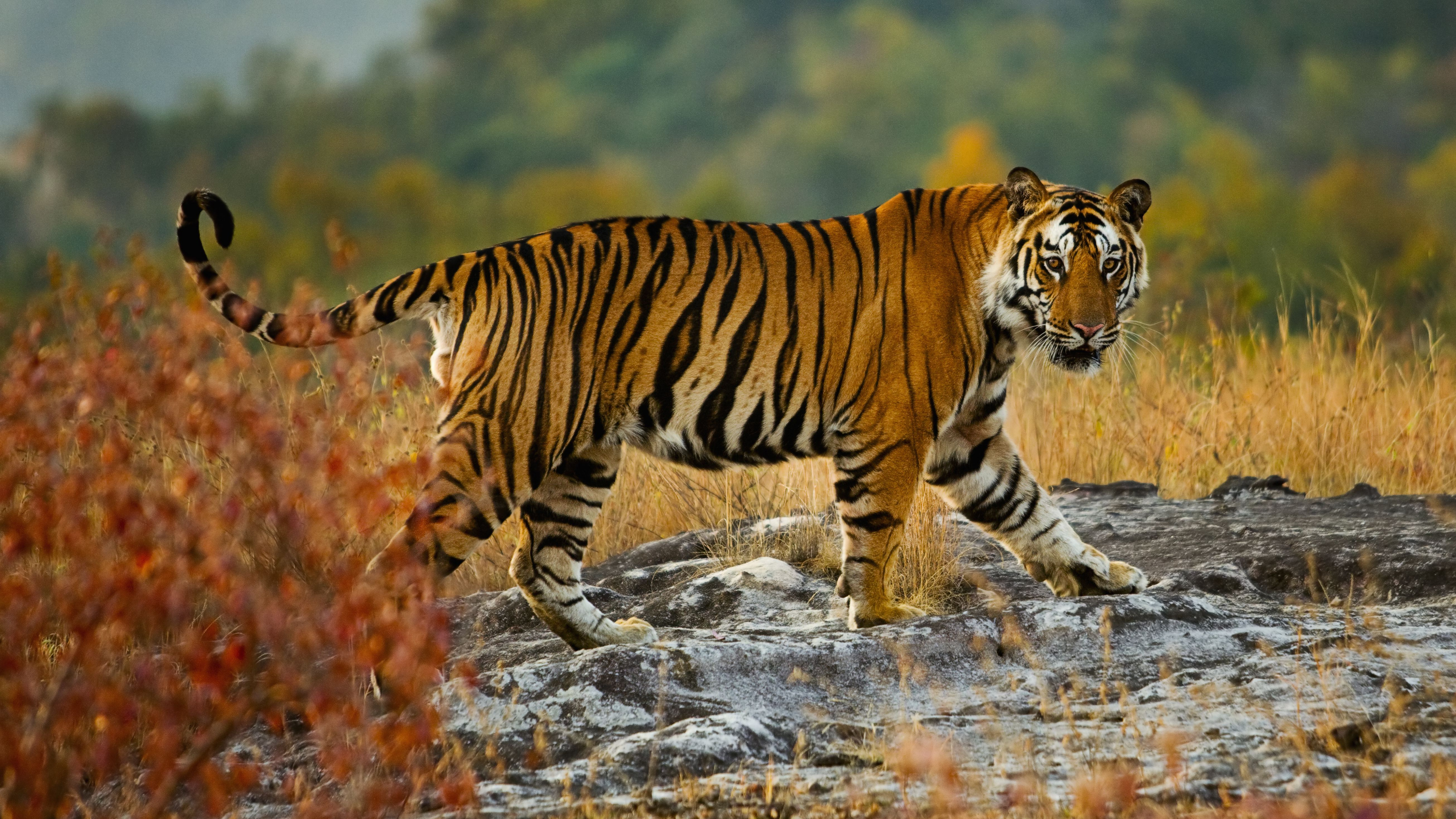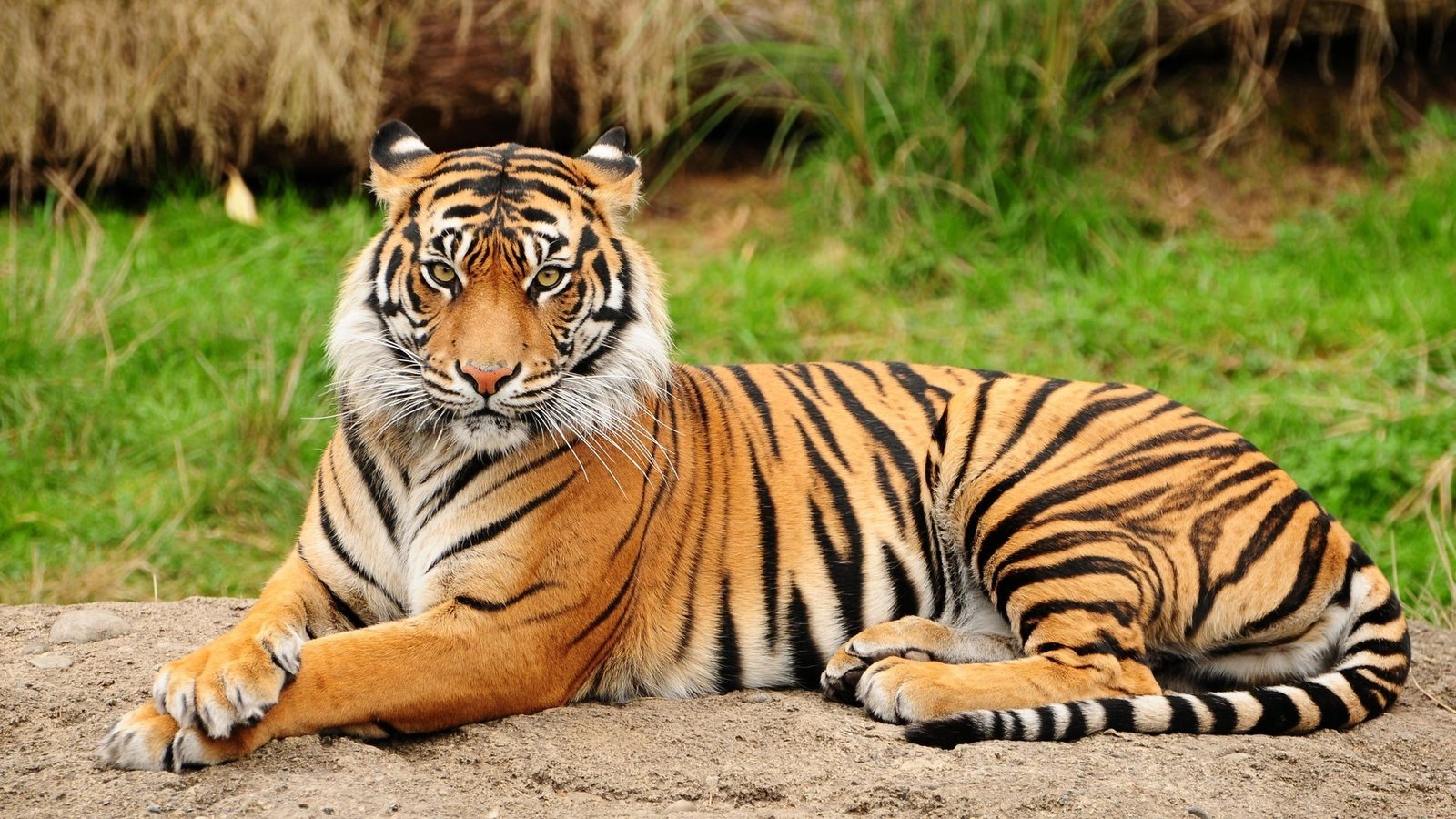
Tigers, majestic creatures of the wild, have captivated human imagination for centuries with their unparalleled beauty, strength, and mystique. From ancient mythology to modern conservation efforts, these magnificent felines hold a special place in our hearts and minds.
Tigers belong to the Panthera genus and are the largest of all big cats, renowned for their distinctive orange coats adorned with black stripes, which provide excellent camouflage in their natural habitats. Found primarily in Asia, tigers inhabit a variety of ecosystems, including tropical forests, grasslands, and mangrove swamps, demonstrating their adaptability to diverse environments.

There are six subspecies of tigers recognized today, each with its unique characteristics and distribution. The Bengal tiger, native to the Indian subcontinent, is the most numerous and well-known, while the Siberian tiger, also called the Amur tiger, is the largest and inhabits the forests of eastern Russia.
Tigers are apex predators, meaning they sit at the top of the food chain, regulating the populations of prey species and maintaining the balance of their ecosystems. Their diet consists primarily of large ungulates such as deer, wild boar, and buffalo, although they are known to opportunistically hunt smaller animals and even fish when necessary.
One of the most iconic features of tigers is their roar, a deep and powerful sound that can be heard up to three miles away, serving as a warning to rivals and a means of communication with other tigers in the area. Despite their intimidating vocalizations, tigers are generally solitary animals, with males and females only coming together for mating purposes.

Female tigers give birth to litters of two to four cubs after a gestation period of about three and a half months. Cubs are born blind and helpless and rely entirely on their mother for protection and nourishment during their early months of life. As they grow, the mother teaches them essential hunting and survival skills until they are ready to venture out on their own.
Sadly, tigers are facing numerous threats to their survival, primarily due to habitat loss, poaching, and human-wildlife conflict. Deforestation and urbanization have fragmented their habitats, reducing the available space for these animals to roam and hunt. Additionally, the illegal wildlife trade continues to fuel the demand for tiger parts, prized in traditional Asian medicine and as status symbols.

Conservation efforts aimed at protecting tigers and their habitats have been underway for decades, led by organizations such as the World Wildlife Fund (WWF) and the Global Tiger Forum. Initiatives range from establishing protected areas and wildlife corridors to implementing anti-poaching measures and raising awareness about the importance of tiger conservation.
Countries with significant tiger populations, including India, Nepal, and Russia, have made strides in tiger conservation through the establishment of national parks and reserves and the implementation of conservation policies and laws. These efforts have resulted in some positive outcomes, with tiger populations stabilizing or increasing in certain regions.

However, much work remains to be done to ensure the long-term survival of tigers in the wild. Collaboration between governments, conservation organizations, local communities, and the private sector is essential to address the complex challenges facing these iconic animals and their habitats.
In addition to their ecological significance, tigers hold immense cultural and spiritual value for many communities across Asia. They are revered as symbols of power, strength, and protection in various mythologies and religious traditions, playing a central role in folklore and rituals.

Efforts to conserve tigers must take into account the needs and perspectives of local communities who live alongside these animals, as their livelihoods and well-being are closely intertwined with tiger conservation. Sustainable development initiatives that promote coexistence between humans and tigers are crucial for achieving conservation goals while addressing the socio-economic needs of communities.
Education and awareness-raising activities are also vital components of tiger conservation efforts, as they help foster a deeper understanding of the importance of preserving these majestic creatures and their habitats. By engaging people of all ages and backgrounds in conservation activities, we can inspire positive change and collective action to safeguard the future of tigers and the ecosystems they inhabit.
In conclusion, tigers are not just charismatic symbols of the wild; they are keystone species that play a crucial role in maintaining the health and balance of their ecosystems. Protecting tigers and their habitats is not only essential for their survival but also for the well-being of countless other species and the integrity of our planet’s natural heritage. It is incumbent upon all of us to join hands in the fight to save tigers and ensure that future generations have the privilege of experiencing the awe-inspiring presence of these magnificent animals in the wild.
